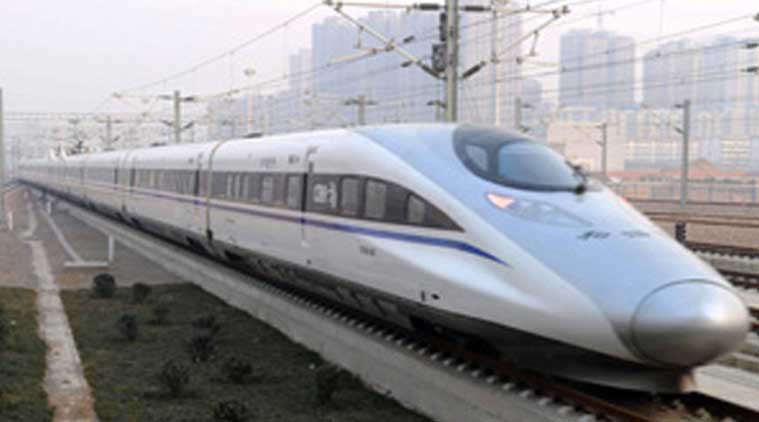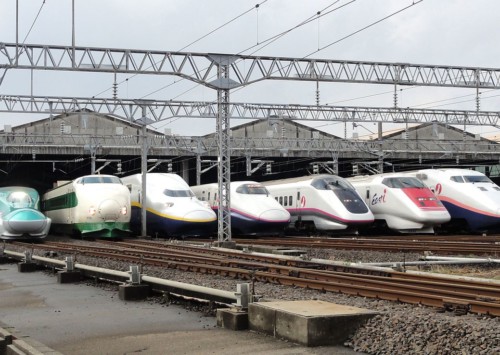Bullet train in India
The Bullet trains in India is debated on its merits for quite some time now; however, a recent report on the bullet train’s route, a less-traversed one and hence presumably less profitable has brought the bullet trains under the scanner once again.
During the Japanese Prime Minister Shinzo Abe’s visit to India in the month of September, he along with his Indian counterpart Narendra Modi laid the foundation of India’s first high-speed train, linking the Indian financial capital Mumbai to the industrial hub of Ahmedabad.
Japan is dedicated to build a 508-km long track for the Shinkansen train system or the bullet trains and complete it by December 2023. Being built at a cost of INR 1020 billion (15 billion Euros), and at an interest rate of 0.1 pc, it seems to be putting India on the losing end.
A recent Right to Information (RTI) query has revealed the chosen Maharashtra-Gujarat route to have less traffic; the corridor has seen 40 pc of its seats going empty in the last three months, and the railways have recorded a loss of nearly INR 300 million on the route since July.
The facts came as a reply to an RTI filed by Mumbai-based activist Anil Galgai, who stated that the route of the first bullet train shall not lead to a profitable venture.
According to the report, 32 Express and Mail trains running between Mumbai and Ahmedabad have been incurring a loss of 140 million, and 31 trains plying on the same route have made losses of 150 million.
Data revealed by railway officials also shows that the average passengers travelling on the route prefer taking sleeper class seats, leaving a major portion of upper-class compartments empty.
Since its inception, the bullet train project has been a subject of controversy with only a few points being able to justify its economic viability or public service.
Last year, a comprehensive study titled “Dedicated High Speed Railway (HSR) Networks in India: Issues in Development,” by the renowned Indian Institute of Management (IIM), Ahmedabad, had stated, that in order for the Railways to remain financially viable, the bullet train will have to carry 88,000-118,000 passengers each day, or take 100 trips daily.
The new train will cut the 500 km journey between Gujarat’s Ahmedabad and Maharashtra’s Mumbai, from eight hours to just over three hours.
Carrying 750 passengers, the bullet trains will have a top speed of up to 350 kilometres an hour, more than double the maximum speed of the fastest ones in India today.











